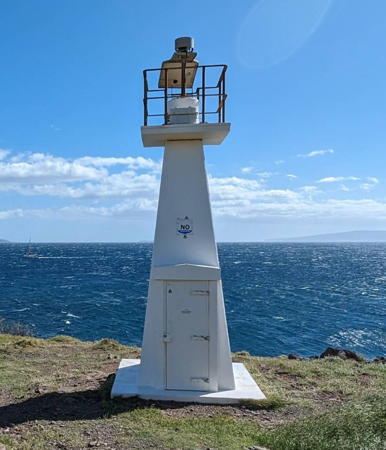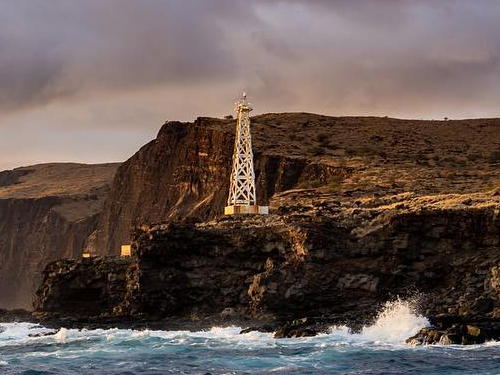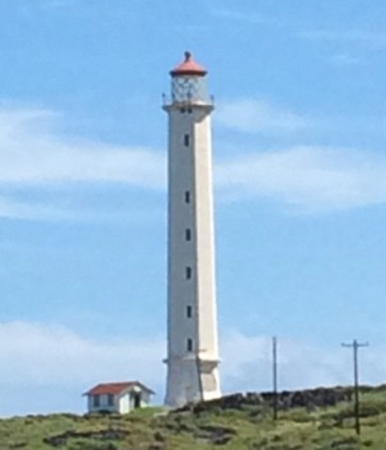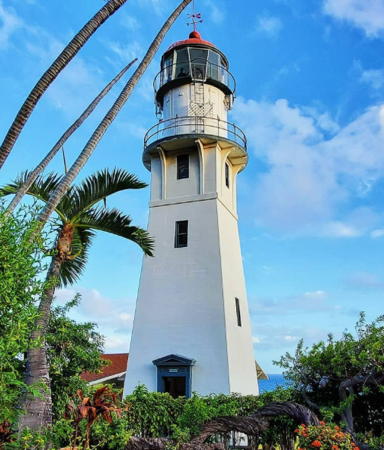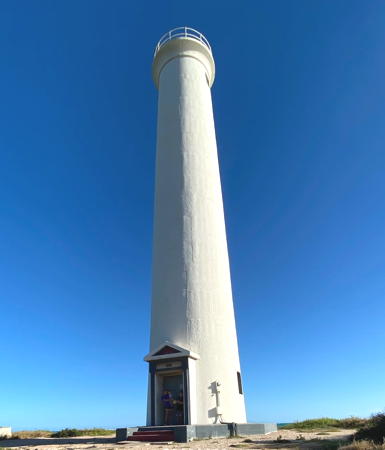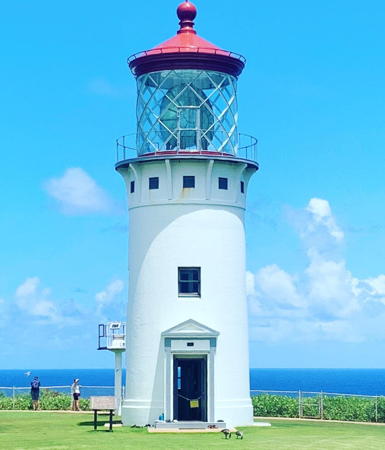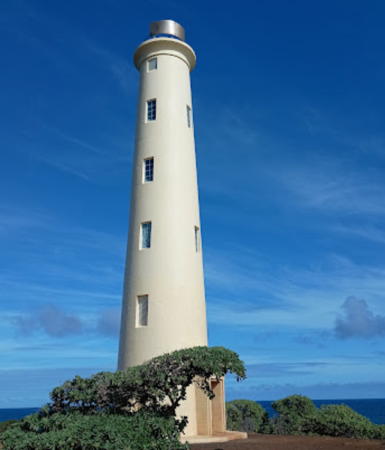The United States of America is a federal union of 50 states and a capital district. The state of Hawai'i occupies an archipelago of islands in the central North Pacific Ocean. Previously an independent Polynesian kingdom, the islands were annexed by the United States in 1898 and became the 50th state of the Union in 1959. The largest and easternmost island is also named Hawai'i but residents usually call it the Big Island. Honolulu, the capital and only large city, is on the island of O'ahu. Maui, Moloka'i, and the smaller islands of Lāna'i and Kaho'olawe lie between the Big Island and O'ahu, while Kaua'i lies to the west. All the islands are of volcanic origin, with active volcanos on the Big Island. On the coastlines sandy beaches extend between precipitous rocky headlands.
The official spelling of the state name is Hawaii, but many Hawai'ians prefer the spelling with the apostrophe representing the Polynesian glottal stop. Hawai'ian is an official language in the state in addition to English. The Hawai'ian phrase for a lighthouse is hale kukui; mokopuni is an island, kai kūʻono is a bay, ʻaʻa is a reef, and awa is a harbor.
Navigational aids in the United States are operated by the U.S. Coast Guard and the lights in Hawai'i are maintained by U.S.Coast Guard Oceania based in Honolulu. Ownership (and sometimes operation) of historic lighthouses has been transferred to local authorities and preservation organizations in many cases.
ARLHS numbers are from the ARLHS World List of Lights. Admiralty numbers are from volume G of the Admiralty List of Lights & Fog Signals. USCG numbers are from Volume VI of the U.S. Coast Guard Light List.
- General Sources
- Hawaii Lighthouses
- Excellent photos and historical information from Kraig Anderson's LighthouseFriends.com site.
- Online List of Lights - Hawaiian Islands
- Photos by various photographers posted by Alexander Trabas. Most of the Hawai'i photos are by Michael Boucher or Rainer Arndt.
- Lighthouses of Hawaii
- This page by Bryan Penberthy features photos by Kim Halstead and Dennis Kent.
- Lighthouses in Hawaii
- Photos by various photographers available from Wikimedia.
- World of Lighthouses - California and Hawaii
- Photos by various photographers available from Lightphotos.net.
- Hawaii, United States Lighthouses
- Aerial photos posted by Marinas.com.
- Lighthouses of Oahu
- July 2004 Lighthouse Digest feature article by Randy Hamsad.
- Hawaii Lighthouses
- Excellent photos posted by Selvin Chance.
- Leuchttürme USA auf historischen Postkarten
- Historic postcard images posted by Klaus Huelse.
- U.S. Coast Guard Navigation Center: Light Lists
- The USCG Light List can be downloaded in pdf format.
- GPSNautical Charts
- Navigation chart for Hawai'i.
- Google Maps
- Satellite view of the islands.






